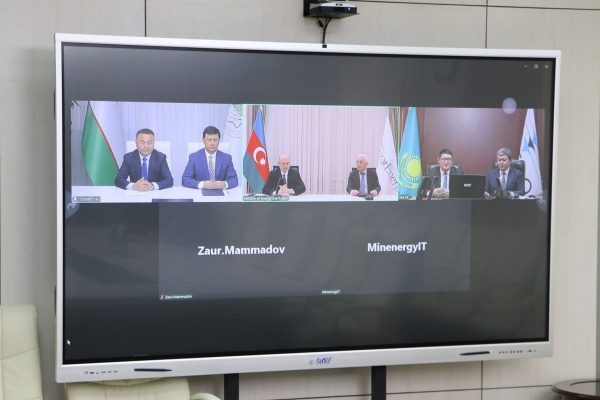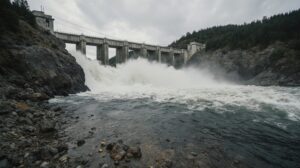Uzbekistan, Kazakhstan, and Azerbaijan have signed a foundational agreement for the development of a “green energy corridor” to Europe, according to the press service of Uzbekistan’s Ministry of Energy.

The agreement, concluded on December 27 via video link, was signed by the operators of the three nations’ main power grids: Azerbaijan’s Azerenerji, Kazakhstan’s KEGOC, and Uzbekistan’s National Electric Grids. This development follows the November 13 agreement between the presidents of the three countries to expand electricity trade opportunities, particularly in line with initiatives such as the European Union’s Green Deal.
As part of the project, a joint venture will be established in Baku, Azerbaijan. The Italian consulting company CESI has been tasked with developing the project’s feasibility study.
Uzbekistan plans to begin exporting surplus green electricity to Europe through Kazakhstan and Azerbaijan by 2030. Deputy Minister of Energy Umid Mamadaminov previously stated that the country’s electricity demand is expected to reach 120-125bn kWh by 2030, while its generating capacity is projected to exceed 135bn kWh. Surplus electricity, estimated at 10-15bn kWh, will be available for export once infrastructure is operational.
Previous Agreements and Related Projects
The agreement builds on earlier commitments made in July, when the three nations signed a protocol for creating the “Central Asia – Azerbaijan – Europe” green energy corridor during a meeting in Astana. Additionally, a memorandum of cooperation on energy system integration was signed at an investment forum in Tashkent during the spring.
Azerbaijan also plans to lay a cable along the Black Sea, aiming to connect Central Asia, the Caucasus, Europe, and the Caspian and Black Seas through a unified energy corridor.
Energy Minister Jurabek Mirzamakhmudov has noted that Uzbekistan can potentially supply between 2 and 5 GW of electricity to Europe, depending on infrastructure capabilities and partner demand. He emphasized that Uzbekistan currently meets domestic electricity needs and is positioned to export surplus energy.




